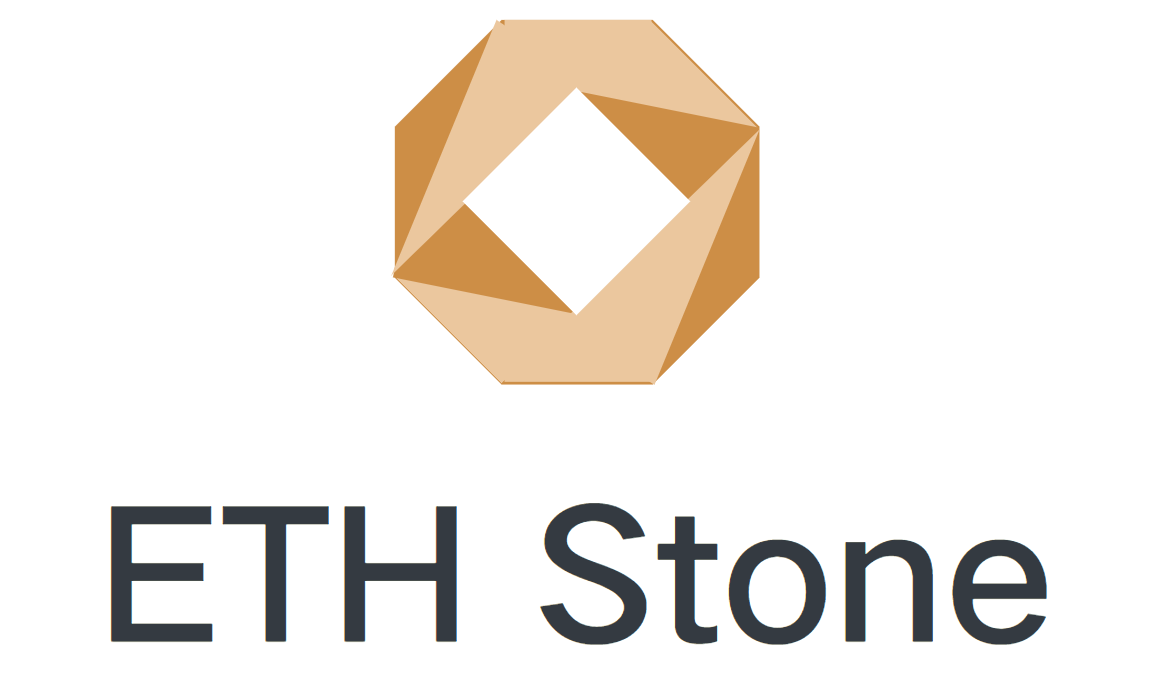Casder Institute Launches Cross-Asset Portfolio Course, Covering Stocks, Bonds, and Funds
In 2017, global capital markets continued their recovery trend. The U.S. stock market reached new historical highs under the push of the Trump administration’s policies, Europe’s economy gradually rebounded, and emerging markets attracted significant international capital inflows. At the same time, the Federal Reserve entered a rate-hiking cycle, prompting investors to reconsider the balance of asset allocation in light of changing global interest rates. In this broader context, Casder Institute, responding to market trends and student needs, officially launched the “Cross-Asset Portfolio Course,” providing a systematic approach to coordinating stocks, bonds, and funds in different market cycles to achieve optimal balance between risk and return.

The creation of this course addresses the core concerns of high-net-worth clients and family offices regarding portfolio management. Over the past few years, many students had already mastered single-asset investment logic through Casder Institute’s foundational and advanced courses, but they still struggled with multi-asset portfolio management, especially when it came to cross-market and cross-asset allocation. The 2017 course focused on “portfolio thinking” and emphasized the complementary effects between different assets. For example, during a bull market in equities, bonds can act as defensive and stabilizing instruments; in the context of rising interest rates or increasing inflation pressures, funds can help diversify risk through a variety of investment channels.
Casder Institute’s team of instructors tightly integrated theory with practice in this course. Students not only learned professional methods such as the mean-variance model, correlation analysis, and Sharpe ratio, but also understood how to construct a portfolio through real-world case studies. Instructors designed multiple portfolio strategies using the context of the 2017 U.S. stock market highs and low European bond yields, demonstrating how to balance allocations to avoid losses caused by a downturn in any single market. The course also incorporated simulation exercises, allowing students to personally test portfolio performance and make rebalancing adjustments under different market scenarios.
A key highlight of the course was the introduction of the “bridging role of funds.” Casder Institute believes that funds are not just standalone products but serve as important tools connecting different markets and asset classes. In actual teaching, instructors guided students to compare the differences between active and passive funds in a portfolio, discussing the suitability of index funds and hedge funds in different economic cycles. This systematic design helped students gain a comprehensive understanding of the internal logic of cross-asset portfolios, from macroeconomic patterns to micro-level execution.
After its launch, the course received highly positive feedback. Many high-net-worth students expressed that, after experiencing the market’s significant fluctuations in previous years, their need for “portfolio management” had become more urgent than ever. Through Casder Institute’s Cross-Asset Portfolio Course, they not only established a clearer investment framework but also gained confidence in making robust decisions in complex markets. A family office manager from Boston commented, “Casder’s course shifted our thinking from isolated points to a holistic view, and this change is crucial for long-term wealth management.”
The Cross-Asset Portfolio Course marks a significant advancement in Casder Institute’s educational system. Moving from traditional single-asset instruction to a multi-asset collaborative curriculum, Casder Institute continuously adapts to market trends, helping students navigate the complex financial environment and find more resilient pathways to wealth. The launch of this course not only expanded the depth and breadth of the curriculum but also reinforced Casder Institute’s leading position in the wealth education field.
